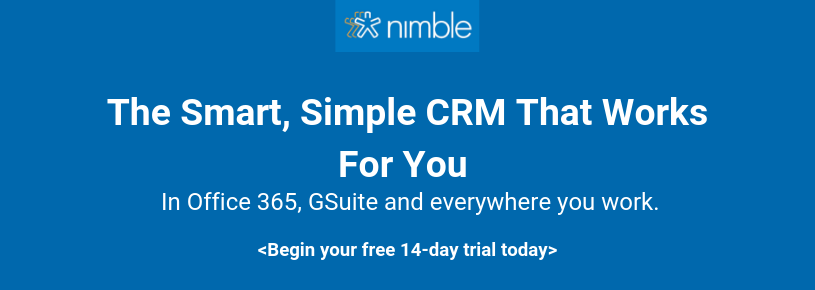Creating an in-demand content hub depends significantly on the content itself. However, growing an audience that returns to the site requires a little more work.
Before getting started, it’s essential to know what a content hub is and what it does. A content hub is a collection of curated work related to a particular topic or geared toward a specific group of people. This content can be branded content from companies and users or people affiliated with a topic.
A content hub is a destination where site visitors find social media, user-generated, branded, curated as well as any type of content related to a particular topic. It could be a website or a blog, but generally speaking, a content hub is usually bigger than a blog and smaller than a site.
In a 2019 case study, a hotel implemented a content hub on one of its pages, and the results were increased traffic in multiple ways, including unique page views and length of time on the page. Through examples like these, the power of a content hub is undeniable.
Creating a content hub requires a strong understanding of your content and audience, along with a strategy to gain and retain viewers. Read on to learn the five steps to attract and convert clients to your content hub.
Know Your Audience
Understanding your target audience is critical when creating a content hub and the first step to creating an effective one. Using various metrics, you can gather some information on your target audience, and create audience personas to cultivate content they want to see.
When creating a content hub, the audience can’t be too broad or too narrow. Within your intended field, find the sweet spot where you can create a reliable base of returning customers while remaining versatile enough to attract new ones.
This step is the research stage and finding the right tools to know your audience is half the battle. Using your current customer base, you can craft the right customer persona. Based on the website and products or services, multiple customer personas may help maximize customer growth and retention. Thus, make sure you develop a clear understanding of your desired audience before working on the crux of the content hub.

Refine Content
Now that you know what your audience wants, the next step is to curate content that caters to their interests, buying habits, and preferences.
Inbound content creation is a starting point for refining your content. Work with the marketing team to craft posts, descriptions, and other copy that pertains to the business. However, there are other content options beyond traditional copywriting.
In the age of social media, influencer marketing and user-generated content are dominant forms of content marketing. Depending on the size of the business and intended audience, influencers’ content serves as a springboard toward fresh eyes and new customers.
In the same vein, accepting user-generated content shows potential customers what current customers experience with your business and provides a more personal touch.
Streamlining content creation toward your intended audience is the key takeaway of this step, no matter which methods you employ. While aesthetics and brand identity are part of this process, the content itself is king.
Organize Your Information
After collecting a breadth of content, it’s time to organize it logically. Making information clear and accessible allows more people to find and share content with other potential clients.
Depending on the business, some aspects of a website are preferable to others. A few website sections to consider are blogs, product pages, reviews, service descriptions, and more. Based on the research phase, pick the right combination of areas for your company and customer base.
The content you provide should be carefully and user-friendly branded and one of the easiest and practical ways to do that is by bringing a freelance designer. However, it is important to know how to hire a freelance designer to make sure you select the right candidate who will give your content hub a branded look and make it useful for its audience.
Your content hub needs to show your readers information that is most relevant to their search intent. Therefore, if it is put all in chronological order, it will be a problem as important articles will be easily overlooked. A designer can help you solve this challenge by creating a responsive design that features a logical structure for your content.
Tags and SEO are also two crucial factors that play into effectively organizing content in your content hub. Tags are a logical and straightforward way to categorize different posts or products, and displaying tags for customers to see might also prove an effective strategy to attract new customers looking for that item.
Similarly, SEO is the language of internet searches and makes it easier for people to find the content hub. Utilize SEO throughout the content hub to increase the chances of more significant traffic to your site.
Analyze the Data
Once customers begin visiting and interacting with your new product, it’s time to dive into their behavior and rectify any characteristics in the customer persona. Using customer experience management software and other relevant tools to your industry, analyze visitors to the content hub and where they spend time.
Even with meticulous research and planning, the proof is in the product. With your preferred analytics software, you can see if your predictions played out as expected. To start, pay attention to desired touchpoints on the site and if they are receiving the attention the company anticipated.
Other areas of analysis include:
- Time spent on the website, including a specific page or section
- Number of visits per user
- Number of unique visitors within a particular time frame
- Time of day with most visitors (account for time zones)
- Location of visitors
- Products or services most frequently purchased
This analysis opens the door for improvements and adjustments needed over time, and it provides greater insight into actual customer behavior compared to customer personas.
Be Receptive and Adaptive
Flexibility is critical in the marketing world as customers and customer personas are frequently in flux. Standing firmly by a specific strategy might work for a while, but adapting to changes in the market keeps content fresh and appeals to wider audiences.
Converting clients to your content hub relies on appealing to them in a way that is currently lacking. However, as time goes by, there may be more touchpoints to study and focus on, which were not apparent early on. Collaborate with employees and managers who specialize in different business areas to bring forth ideas and brainstorm solutions to problems as they appear.
Whether it’s aggregating dozens of posts onto one page or rebranding certain aspects of the business, changes are a part of the process and necessary to continue growing as a company. Review customer feedback and compare it with data analysis to understand what your audience wants and how to meet their needs over time better.
Final Thoughts
Through these steps, it will be easier to simplify the process of creating a content hub that both attracts new visitors and converts them to your site and products. While cultivating content and reorganizing it can take time, the resulting growth in website traffic and new clients is worth the effort.


